The Coastal Plains and Islands Class 4 Notes SST
| Table of contents |

|
| What are Coastal Plains? |

|
| Importance of Coastal Plains |

|
| What are Islands? |

|
| Andaman and Nicobar Islands |

|
| Lakshadweep Islands |

|
| Life in the Region |

|
What are Coastal Plains?
Coastal plains are special types of land found where the land meets the sea on the edges of continents.
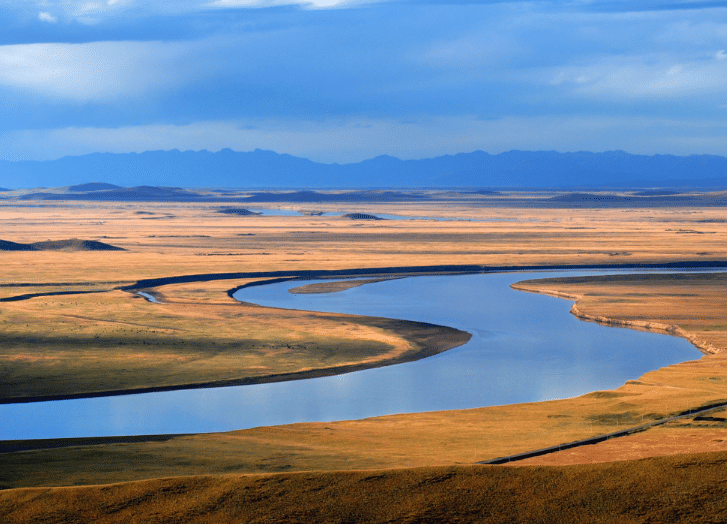 Coastal Plains
Coastal Plains
- A coastal plain is a special kind of land you find next to the ocean.
- It's flat or slightly sloped and runs along the coast, close to the sea.
- You'll often see coastal plains near beaches, and they usually have sandy or smooth land.
- These places are unique because they're shaped by the ocean and have special features.
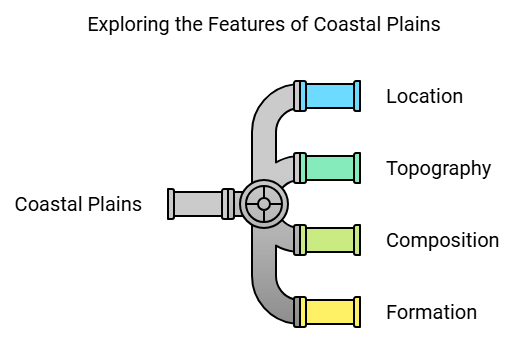
The coastal plains are flat lands found alongside the coast. There are two main parts: the Western Coastal Plain and the Eastern Coastal Plain. These plains stretch from Gujarat to West Bengal and meet at Kanyakumari.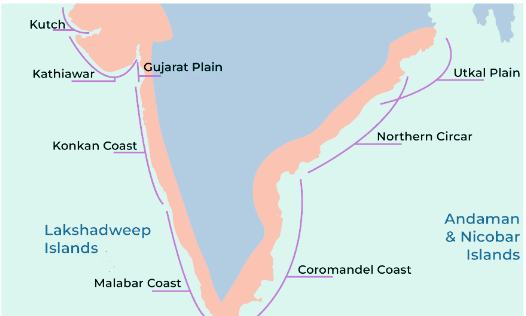 Western Coastal Plains & Eastern Coastal Plains on Map
Western Coastal Plains & Eastern Coastal Plains on Map
(a) Eastern Coastal Plains
On the eastern side of the Deccan Plateau lies another narrow coastal plain, bordered by the Bay of Bengal. It stretches from Kanyakumari to West Bengal and is characterized by a relatively broader coastline compared to the western side.
- The eastern coastal plain is divided into two main parts: the Northern Circars in the north and the Coromandel Coast in the south.
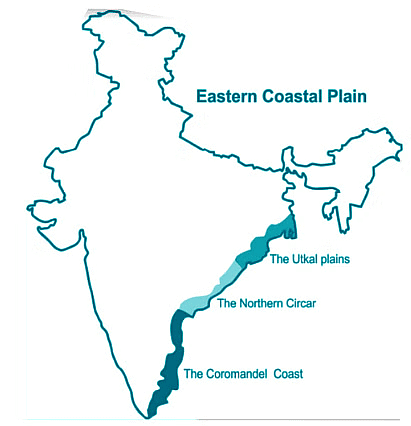
- Important ports along this coast include Chennai, Vishakhapatnam, and Kolkata.
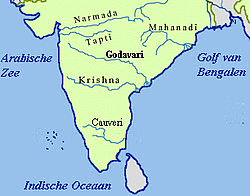 Rivers in Peninsular Region
Rivers in Peninsular Region - The main crops grown in the eastern coastal plains are rice, sugarcane, cotton, and tobacco, particularly in the deltas of rivers Godavari, Krishna, and Kaveri.
(b) Western Coastal Plains
The Deccan Plateau has a narrow coastal plain on its western side, running from Kanyakumari up to the Gulf of Kachchh in Gujarat.
- This plain is bordered by the Western Ghats to the east.
- It includes two main sections: the Konkan Coast in the middle and the Malabar Coast in the south.
- The Konkan Coast is characterized by rocky terrain and is home to Mumbai, a major commercial center of India.
- This area is rich in oil deposits, particularly beneath the sea bed at Bombay High. Other important ports on the Western Coast include Panaji in Goa and Cochin in Kerala.
- The Malabar Coast is known for its cultivation of coconut and bananas, as well as crops like coffee, pepper, cloves, ginger, and cashews. Additionally, tea and rubber plantations are found in the Nilgiri and Cardamon Hills.
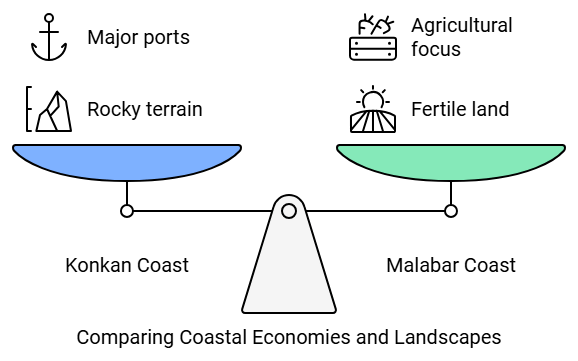
Interesting Fact:
Did you know that some coastal plains have hidden treasures?
Yes, that's right! Over time, the ocean waves and currents bring shiny seashells, colorful pebbles, and even tiny pieces of glass called sea glass onto the sandy shores.

Importance of Coastal Plains
- Fishing:
- Coastal plains offer access to abundant marine resources, supporting fishing industries and livelihoods.
- Fish caught contribute to food security and cultural traditions of coastal communities.
- Tourism:
- Coastal plains attract tourists with natural attractions like beaches and marine life.
- Tourism generates revenue, creates jobs, and raises environmental awareness.
- Shipping Industry:
- Ports in coastal plains facilitate global trade, boosting economic growth and infrastructure development.
- Shipping activities provide employment opportunities in maritime transportation and related services.
- Recreation:
- Coastal plains offer leisure activities like swimming, surfing, and beachcombing.
- Recreation promotes health, community engagement, and tourism revenue.
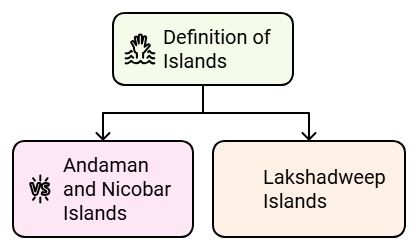
What are Islands?
Imagine a piece of land that is surrounded by water on all sides. That's what an island is!
- An island is a piece of land that is surrounded by water on all sides.
- Islands can be found in oceans, seas, lakes, or even rivers.
- They come in different shapes and sizes.
- Some islands are big, like continents, while others are small.
- Islands can have mountains, beaches, forests, or even volcanoes.
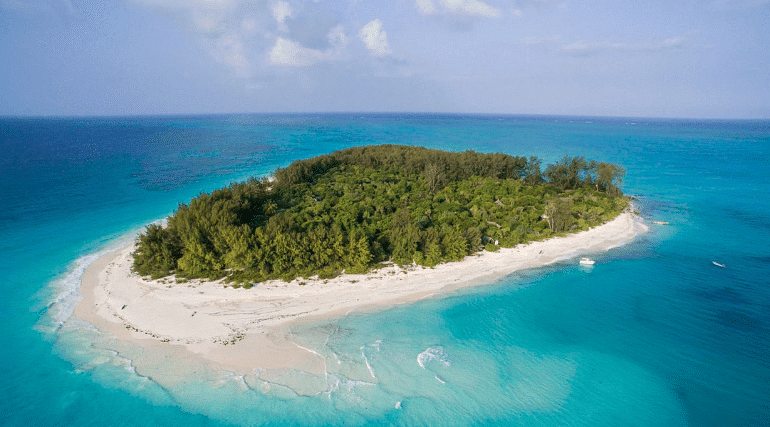 Islands
Islands
Interesting Fact:
Did you know that islands have unique animals and plants that you won't find anywhere else in the world?
These special creatures evolved and adapted to their island homes over millions of years. For example, the Galapagos Islands are famous for their giant tortoises that can live for more than 100 years!
Andaman and Nicobar Islands
The Andaman and Nicobar Islands comprise approximately 572 islands in the Bay of Bengal, forming a picturesque archipelago that is part of India. Historically known as 'kala pani' during British rule, these islands were associated with isolation and exile.
- While only some of the islands are inhabited, they are characterized by lush natural forests and diverse wildlife.
- Indigenous tribes, the original inhabitants, still reside on the islands, preserving ancient traditions and ways of life.
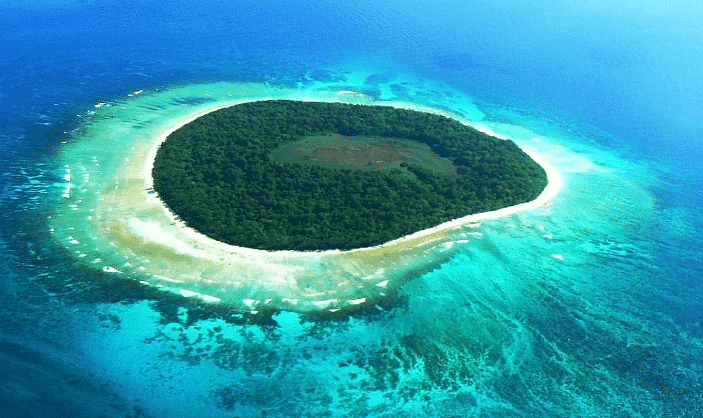 Andaman & Nicobar Island
Andaman & Nicobar Island - Certain tribes have remained largely isolated from the modern world, maintaining a primitive lifestyle.
- Barren Island hosts an active volcano, with the last eruption occurring in 1991, showcasing the raw power of nature.
- Despite occasional volcanic activity, the islands have become increasingly popular tourist destinations.
- Pristine beaches, clear waters, and abundant marine life attract visitors for snorkeling, diving, and relaxation.
- Sustainable tourism practices are being promoted to preserve the islands' delicate ecosystems and cultural heritage.
Lakshadweep Islands
The Lakshadweep Islands are situated in the Arabian Sea near the Malabar Coast of India, known for their scenic beauty and ecological diversity.
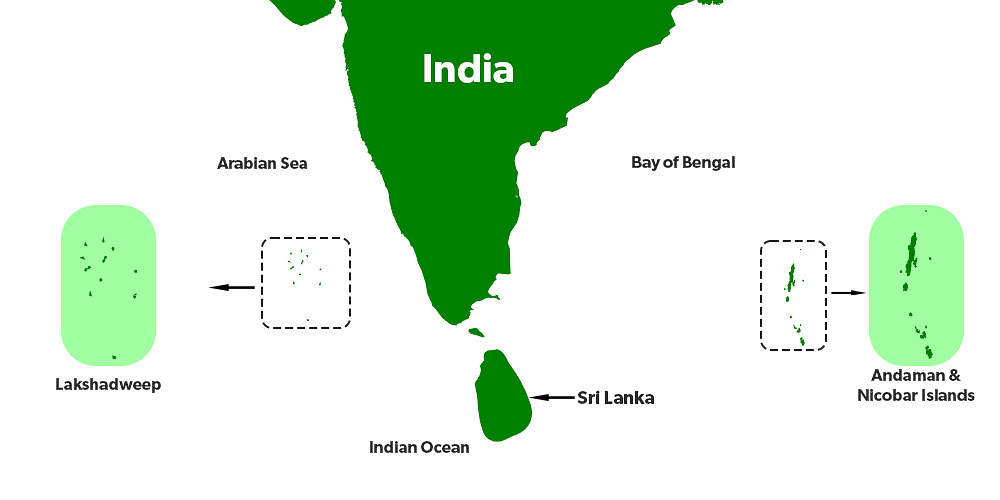 Lakshadweep Island on map
Lakshadweep Island on map
- Many of these islands are uninhabited, contributing to their untouched and serene atmosphere.
- Most of the islands are characterized by ring-shaped coral formations, shaped over time by the sea's gentle currents.
- Coconut trees are abundant across the islands, playing a significant role in the local ecosystem and economy. However, the coconut crop faces threats from pests like rats, which can damage plantations and reduce yields.
- Islanders employ a combination of traditional and modern farming techniques to mitigate these challenges while maintaining ecological balance.
- While some islands bustle with human activity, others remain pristine and untouched, offering a retreat into nature's tranquility.
- Fishing, agriculture, and artisanal crafts form the backbone of island life, rooted in a deep connection to the natural environment.
- The islands attract visitors with their pristine beaches, clear lagoons, and vibrant coral reefs, offering opportunities for snorkeling and relaxation.

Life in the Region
These coastal plains cover parts of Gujarat, Maharashtra, Goa, Karnataka, Kerala, Tamil Nadu, Andhra Pradesh, Odisha, and West Bengal.
The primary occupations include fishing and farming, with rice and coconut being the main crops. There are numerous ports for exporting and importing goods.
- Gujarat
- People grow crops like jowar, bajra, cotton, and sugarcane.
- Many are involved in trade and dairy farming.
- Salt is produced along the coast by evaporating seawater.
 Diamond Cutting Centers, Textile Mills, & Oil Refineries.
Diamond Cutting Centers, Textile Mills, & Oil Refineries. - Gujarat is also home to textile mills, oil refineries, and diamond cutting centers.
- Goa
- Known for cashew nuts and mangoes, Goa attracts many tourists with its beautiful beaches and landmarks like Fort Aguada and Dudhsagar Falls.
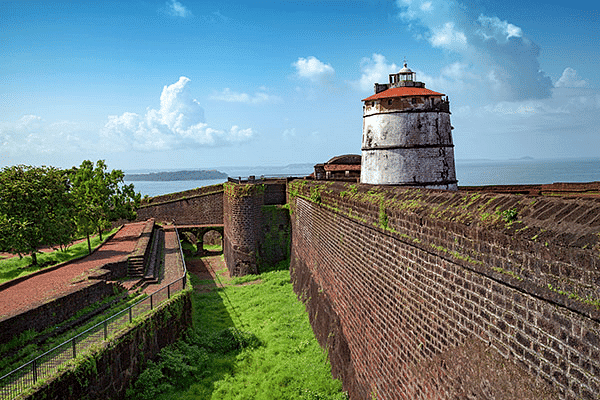 Fort Aguada
Fort Aguada - Salt is produced in salt pans along the coast.
- Known for cashew nuts and mangoes, Goa attracts many tourists with its beautiful beaches and landmarks like Fort Aguada and Dudhsagar Falls.
- Kerala
- Rubber, tea, coffee, and spices are the main crops in Kerala.
 Mohiniattam Dance
Mohiniattam Dance - Coir making is significant, and traditional dances like Kathakali and Mohiniattam are popular.
- Rubber, tea, coffee, and spices are the main crops in Kerala.
- Tamil Nadu
- Tea and coffee are grown in the Nilgiri hills, and silk weaving is prominent in Kanchipuram and Madurai.
 Silk weaving in Kanchipuram
Silk weaving in Kanchipuram - Tamil Nadu is known for its cuisine, including idli, dosa, and sambar, and Bharatanatyam is a well-known dance form.
- Tea and coffee are grown in the Nilgiri hills, and silk weaving is prominent in Kanchipuram and Madurai.
- Andhra Pradesh
- Famous for Kondapalli toys and Kalamkari work, Andhra Pradesh has resources like mica and limestone.
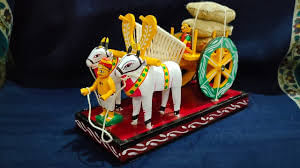 Kondapalli toys
Kondapalli toys - The port city of Visakhapatnam is essential, and Kuchipudi dance is popular.
- Famous for Kondapalli toys and Kalamkari work, Andhra Pradesh has resources like mica and limestone.
- Odisha
- Textiles, silverwork, and handicrafts are notable in Odisha, along with resources like coal and iron ore.
- Cuttack and Raurkela are industrial cities, and Odissi dance is a cultural highlight.
- The Ratha Yatra festival is significant, as is the Chilika Lake bird sanctuary.
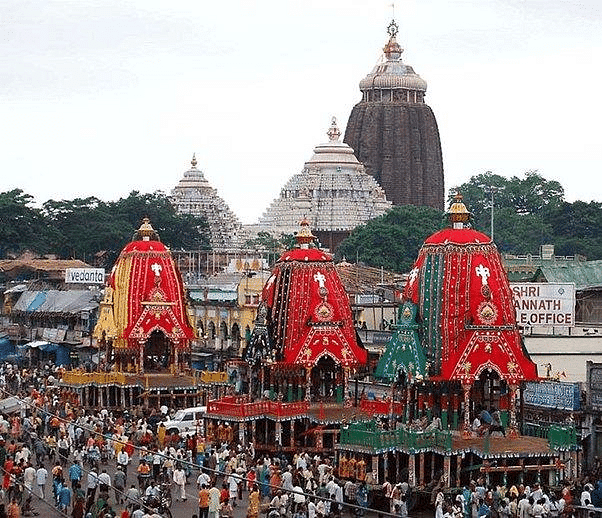 Ratha Yatra festival
Ratha Yatra festival
|
49 videos|177 docs|46 tests
|
FAQs on The Coastal Plains and Islands Class 4 Notes SST
| 1. What are Coastal Plains? |  |
| 2. Why are Coastal Plains important? |  |
| 3. What are Islands? |  |
| 4. What are the Andaman and Nicobar Islands known for? |  |
| 5. What is life like in the Lakshadweep Islands? |  |





















